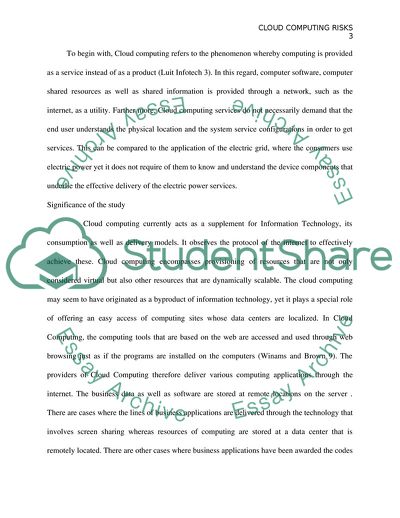Cite this document
(The Concept of Cloud Computing Research Proposal, n.d.)
The Concept of Cloud Computing Research Proposal. https://studentshare.org/information-technology/1790110-cloud-computing-in-terms-of-risks
The Concept of Cloud Computing Research Proposal. https://studentshare.org/information-technology/1790110-cloud-computing-in-terms-of-risks
(The Concept of Cloud Computing Research Proposal)
The Concept of Cloud Computing Research Proposal. https://studentshare.org/information-technology/1790110-cloud-computing-in-terms-of-risks.
The Concept of Cloud Computing Research Proposal. https://studentshare.org/information-technology/1790110-cloud-computing-in-terms-of-risks.
“The Concept of Cloud Computing Research Proposal”. https://studentshare.org/information-technology/1790110-cloud-computing-in-terms-of-risks.


